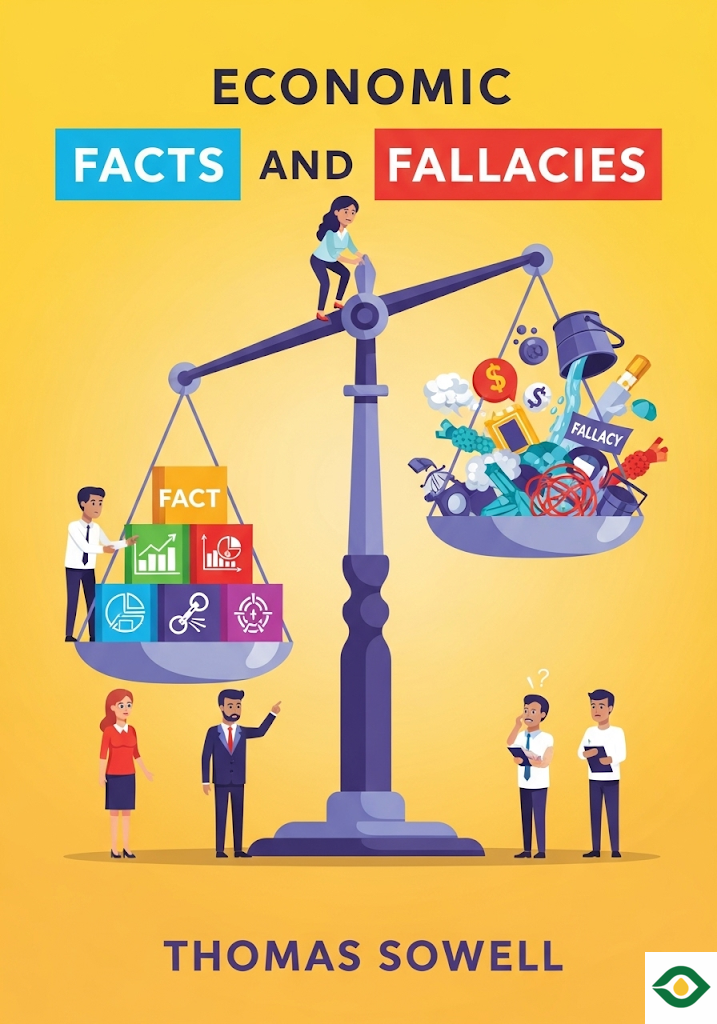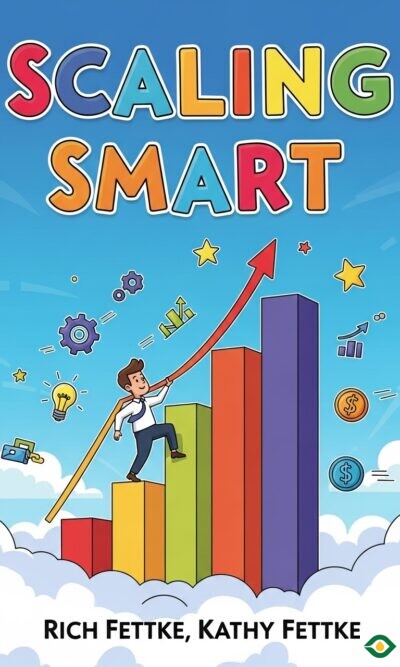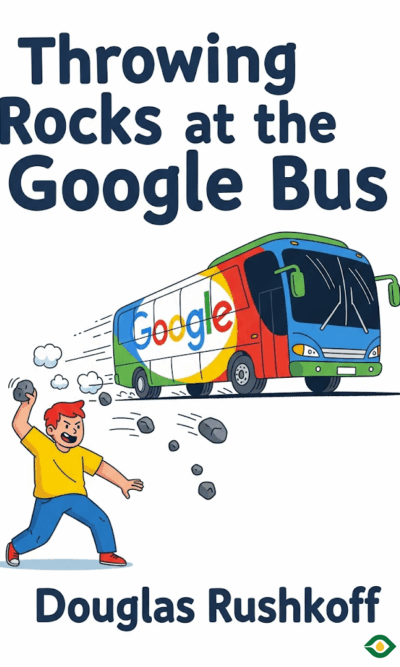Description
Economic discussions often feel complex, full of charts, numbers, and heavy theories. But sometimes the real problem is not the complexity itself, but the way we misunderstand basic facts. When people believe in economic myths—what Thomas Sowell calls fallacies—they push for policies that sound good but bring harmful results. Economic Facts and Fallacies is about clearing away those errors so we can see the world more clearly.
One of the most common mistakes is the belief in a zero-sum world. Many assume that if one person gains, another must lose. If a landlord earns rent, the tenant must be suffering. If one country benefits from trade, the other must be exploited. This mindset ignores the reality of mutual benefit. A landlord offers housing; a tenant gains a place to live. Trade allows both rich and poor nations to grow together, as seen in places like South Korea and Singapore. The zero-sum view may feel emotionally fair, but in practice, it creates harmful rules such as rent control, which often reduces housing supply and hurts the very people it intends to protect.
Another common trap is the post hoc fallacy—assuming that because one event follows another, the first caused the second. For example, some believed that the stock market crash of 1929 automatically caused the Great Depression. In truth, unemployment did not skyrocket until later, when government interventions deepened the problem. Another example is the banning of DDT, a pesticide once blamed for rising cancer rates. In fact, longer lifespans, not DDT, explained those cancer statistics. But banning the chemical brought back malaria, costing countless lives. The lesson is clear: timing does not equal cause. Without careful thinking, false links can lead to devastating policies.
There’s also the open-ended fallacy, which occurs when demands never seem to have a limit. Calls to “improve healthcare” or “make the environment cleaner” sound good, but they ignore trade-offs. Resources are not infinite, so spending more in one area always means spending less in another. Governments that chase open-ended goals risk wasting money and growing inefficient bureaucracies, while other urgent needs remain overlooked. Progress should be measured and focused, not limitless.
Another trap is the fallacy of composition—assuming what is true for a part must be true for the whole. Politicians often fall for this when trying to “revitalize” neighborhoods. They assume that improving one part of a city will improve the whole economy. But what often happens is gentrification: wealthier people move into the “renewed” area, while poorer residents and struggling businesses are pushed out. Nothing new is created; people and money are just shifted around. At a national level, this fallacy leads governments to pour billions into favored industries or projects, expecting broad growth that never arrives. The truth is that individuals know best how to spend their own money, and decentralized choices usually create healthier economies than centralized planning.
Sowell also points out that academic institutions operate differently from businesses, and this difference can hide waste and inefficiency. A company selling useless products will soon fail, but a university can continue offering weak courses or irrelevant research because funding often comes from taxpayers or long-dead donors. With little accountability, academic systems can become bloated and produce results with little value for society. While academia can generate important knowledge, much of what it produces serves narrow purposes that do not justify the resources poured into it.
Statistics, another focus of the book, often mislead the public. Numbers can look dramatic but lack proper context. For instance, income statistics usually measure wealth before taxes and ignore government support programs. That exaggerates the gap between rich and poor. People may conclude that the rich are rich because the poor are poor, but that’s not true. If wealth were always built by exploiting the poor, then countries with many billionaires, like the United States, would also be home to the poorest masses. But ordinary Americans live far above global poverty levels. Numbers, without explanation, create emotional reactions that feed false beliefs and dangerous policies.
The final major fallacy discussed is the idea that the poverty of some nations is caused directly by the wealth of others. Many argue that Western countries grew rich by making Africa, India, or South America poor. While colonialism and exploitation certainly existed, Sowell emphasizes that geography, culture, and the exchange of ideas have also played massive roles. Regions that allowed easier communication and trade—such as Eurasia—developed faster. Others, cut off by deserts, oceans, or climate, fell behind. Wealth and poverty are not permanent states; history shows civilizations rise and fall. Europe was once behind the Islamic world in culture and science, just as today’s wealthy nations may one day decline. Blaming current poverty solely on past exploitation oversimplifies a complex story.
Across all these examples, the central message is the same: emotions, assumptions, and surface-level observations are not enough. Good intentions do not guarantee good results. If we rely on myths, we create policies that harm the people they are meant to help. Rent controls reduce housing. Banning useful pesticides brings disease. Costly neighborhood “renewals” displace communities. Misused statistics deepen anger without offering solutions. Blame placed too quickly on outsiders prevents nations from addressing their internal challenges.
What is the solution? Clear thinking, careful analysis, and humility. We must accept that economics is full of trade-offs, not easy answers. Every choice has a cost, and ignoring those costs leads to failure. By looking beyond appearances and questioning whether popular stories actually make sense, we can avoid repeating the same mistakes.
Ultimately, Economic Facts and Fallacies is not a book about memorizing theories. It is a call to sharpen how we think. The world is complicated, but when we remove fallacies, the truth becomes clearer. And with clearer thinking, we stand a better chance of building policies that actually improve lives rather than making problems worse.





